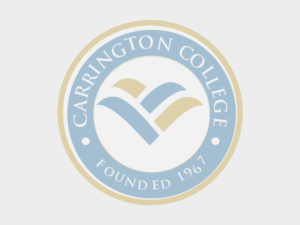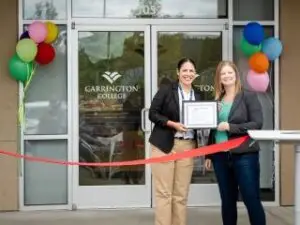Now that Breast Cancer Awareness Month is over, you are probably wondering where exactly all the donations go and what you can do to help patients suffering from other forms of cancer. While breast cancer awareness campaigns have successfully reached out to women, many other, often more dangerous cancers, have been neglected by the public – likely to the detriment of patients nationwide. Follow the infographic below to find out more:  Breast cancer awareness started in order to bring attention to and reduce the social stigma of the disease. This health advocacy campaign is aimed at leading to earlier detection of breast cancer, which is associated with higher long-term survival rates. Furthermore, the efforts are also intended to raise money for research and to find a permanent cure. The pink ribbon is the most prominent symbol, and the month of October is National Breast Cancer Awareness Month.
Breast cancer awareness started in order to bring attention to and reduce the social stigma of the disease. This health advocacy campaign is aimed at leading to earlier detection of breast cancer, which is associated with higher long-term survival rates. Furthermore, the efforts are also intended to raise money for research and to find a permanent cure. The pink ribbon is the most prominent symbol, and the month of October is National Breast Cancer Awareness Month.
Where is breast cancer donation money really going?
Breast cancer awareness efforts have had a huge positive impact: In the last 30 years, there has been a 131% increase in mammogram rates for women. Advocacy groups have been enormously effective in raising money for this cause. In 2013, one of the major cancer research organizations received $269,997,178 in contributions, sponsorships, and entry fees for their events – which is five times the amount of the average salary for a charity CEO. Most of the money raised goes towards education and awareness campaigns: In 2012, the organization spent 44% on education and awareness and 18% on research.
U.S. Breast cancer survival rates have been improving
The breast cancer mortality rates for women in the U.S. have continuously fallen over the last decades. From 1990 to 2010, the mortality rate dropped 34%, and from 2002 to 2011, rates fell 1.9% annually on average. This astonishing development has been ascribed to improved treatment and early detection. For instance, mammograms alone lower the risk of death by 15% to 33% or more. Since education and awareness efforts are supposed to lead to earlier detection by encouraging women (over 40) to undergo regular screenings, breast cancer awareness campaigns seem to be working indeed.
National spending on other deadly cancers needed
Despite the success of the breast cancer awareness movement, it is important to remember that many other deadly cancers need the public’s attention, as well, in order to fight these diseases more effectively. So far, national spending for breast cancer research has by far outpaced that for other types of cancer. National spending for breast cancer research in 2014 will likely amount to $674 million, compared to only $213 million for lung cancer research. Breast cancer will kill about 40,000 people in the U.S., while lung cancer will lead to almost 160,000 deaths. Interestingly enough, the cancer type that receives the second highest amount of national funding is prostate cancer, which comes in second in regard to donations received via Movember, another increasingly visible health advocacy organization.
Breast cancer isn’t the only one that needs your help
While most people know that October is Breast Cancer Awareness Month, many are probably unaware that every month except December is a cancer awareness month. A number of months even serve as an awareness month for various cancer types. However, these cancers rarely receive the kind of “publicity” (for a lack of a better term) that breast and prostate cancer get. There are several reasons why some of these cancers are not as publicly discussed. For example, the deadliest form of cancer, lung cancer, is often blamed on patients and their smoking habit. Colorectal cancer is stigmatized for its location on the body, which is alarming due to its high mortality rate.
What can you do to contribute?
If you want to spread awareness, educate people or donate money to research for any type of cancer, there are numerous things you can do. Identify a specific goal (for example, colorectal cancer screenings for senior citizens in your community) and volunteer for and/or donate to an organization that works towards this goal. Do not donate to a telemarketer! If you do get called by one and are asked to donate, hang up and verify that it is a 501 (c) (3) tax-exempt organization, then donate directly. Always double-check the name and the website of a charity, as scam organizations can have names and homepages similar to legitimate ones. Pay attention to a charity’s accountability and transparency and look up their financial reports (you can do this by using Charity Navigator and GuideStar). Lastly, if you like a particular organization, see if you can give them long-term support.


